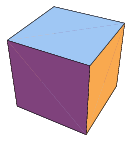 |
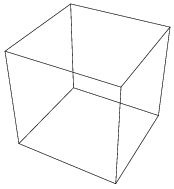 |
 |
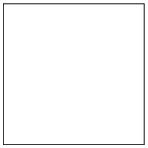 |
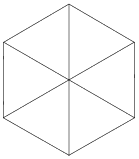 |
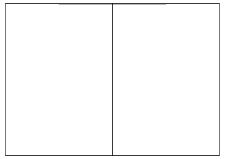 |
 The cube is the
Platonic solid
The cube is the
Platonic solid The cube is illustrated above, together with a wireframe version and a net (top figures). The bottom figures show three symmetric projections of the cube.
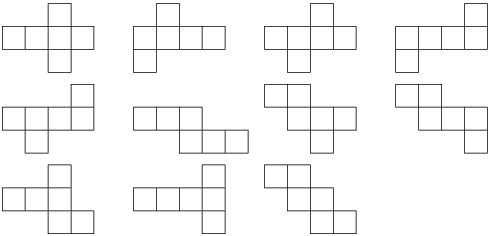
There are a total of 11 distinct nets for the cube (Turney 1984-85, Buekenhout and Parker 1998, Malkevitch), illustrated above, the same number as the octahedron. Questions of polyhedron coloring of the cube can be addressed using the Pólya enumeration theorem.
A cube with unit edge lengths is called a unit cube.
The surface area and volume of a cube with edge length
|
(1)
| |||
|
(2)
|
A unit cube has inradius, midradius, and circumradius of
|
(3)
| |||
|
(4)
| |||
|
(5)
|
|
(6)
|
|
(7)
| |||
|
(8)
|
|
(9)
|
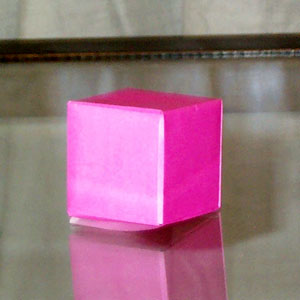
The illustration above shows an origami cube constructed from a single sheet of paper (Kasahara and Takahama 1987, pp. 58-59).
Sodium chloride (NaCl; common table salt) naturally forms cubic crystals.
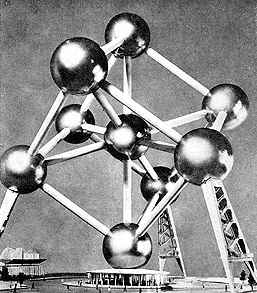
The world's largest cube is the Atomium, a structure built for the 1958 Brussels World's Fair, illustrated above (© 2006 Art Creation (ASBL); Artists Rights Society (ARS), New York; SABAM, Belgium). The Atomium is 334.6 feet high, and the nine spheres at the vertices and center have diameters of 59.0 feet. The distance between the spheres along the edge of the cube is 95.1 feet, and the diameter of the tubes connecting the spheres is 9.8 feet.
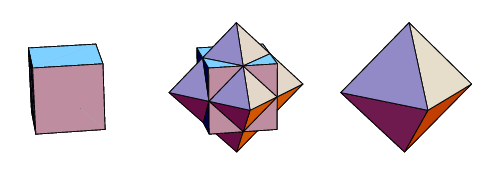
The dual polyhedron of a unit cube is an octahedron with edge lengths
The cube has the octahedral group
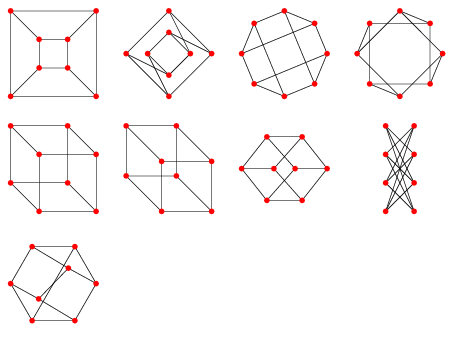
The connectivity of the vertices of the cube is given by the cubical graph.
Using so-called "wallet hinges," a ring of six cubes can be rotated continuously (Wells 1975; Wells 1991, pp. 218-219).
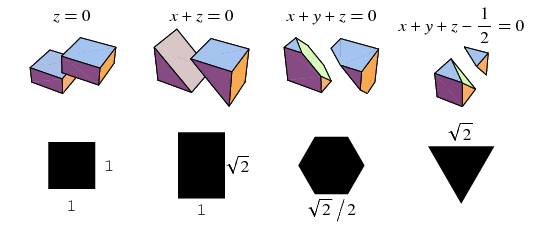
The illustrations above show the cross sections obtained by cutting a unit cube centered at the origin with various planes. The following table summarizes the metrical properties of these slices.
| cutting plane | face shape | edge lengths | surface area | volume of pieces |
| square | 1 | 1 | ||
| rectangle | 1, |
|||
| hexagon | ||||
| equilateral triangle |
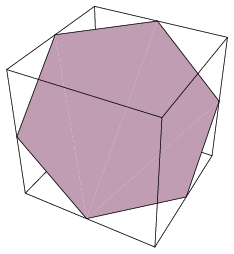 |
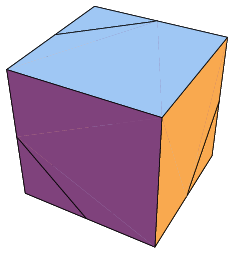 |
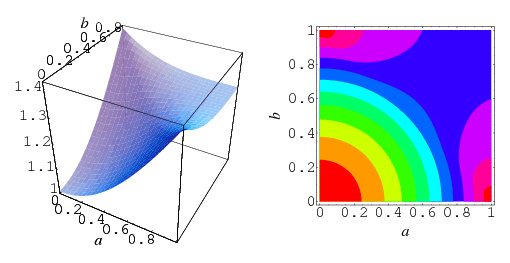
The maximal cross sectional area that can be obtained by cutting a unit cube with a plane passing through its center is
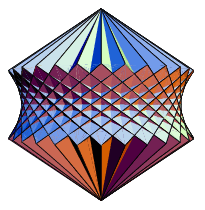
A hyperboloid of one sheet is obtained as the envelope of a cube rotated about a space diagonal (Steinhaus 1999, pp. 171-172; Kabai 2002, p. 11). The resulting volume for a cube with edge length
|
(10)
|
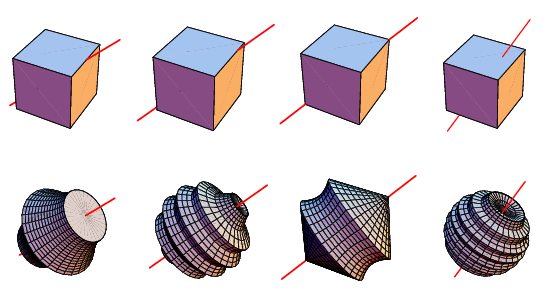
More generally, consider the solid of revolution obtained for revolution axis passing through the center and the point
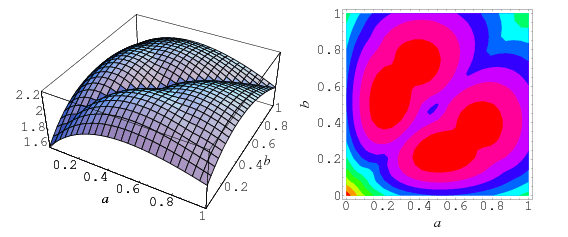
As shown by Hidekazu, the solid with maximum volume is obtained for parameters of approximately
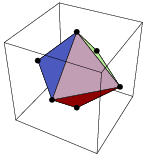 |
 |
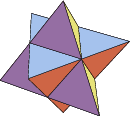 |
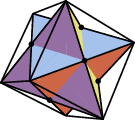 |
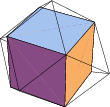 |
Since its eight faces are mutually perpendicular or parallel, the cube cannot be stellated.
The cube can be constructed by cumulation of a unit edge-length tetrahedron by a pyramid with height
| result | ||
| tetrakis hexahedron | ||
| 2 | rhombic dodecahedron | |
| 24-faced star deltahedron |
The polyhedron vertices of a cube of edge length 2 with face-centered axes are given by
Wolfram
댓글 없음:
댓글 쓰기